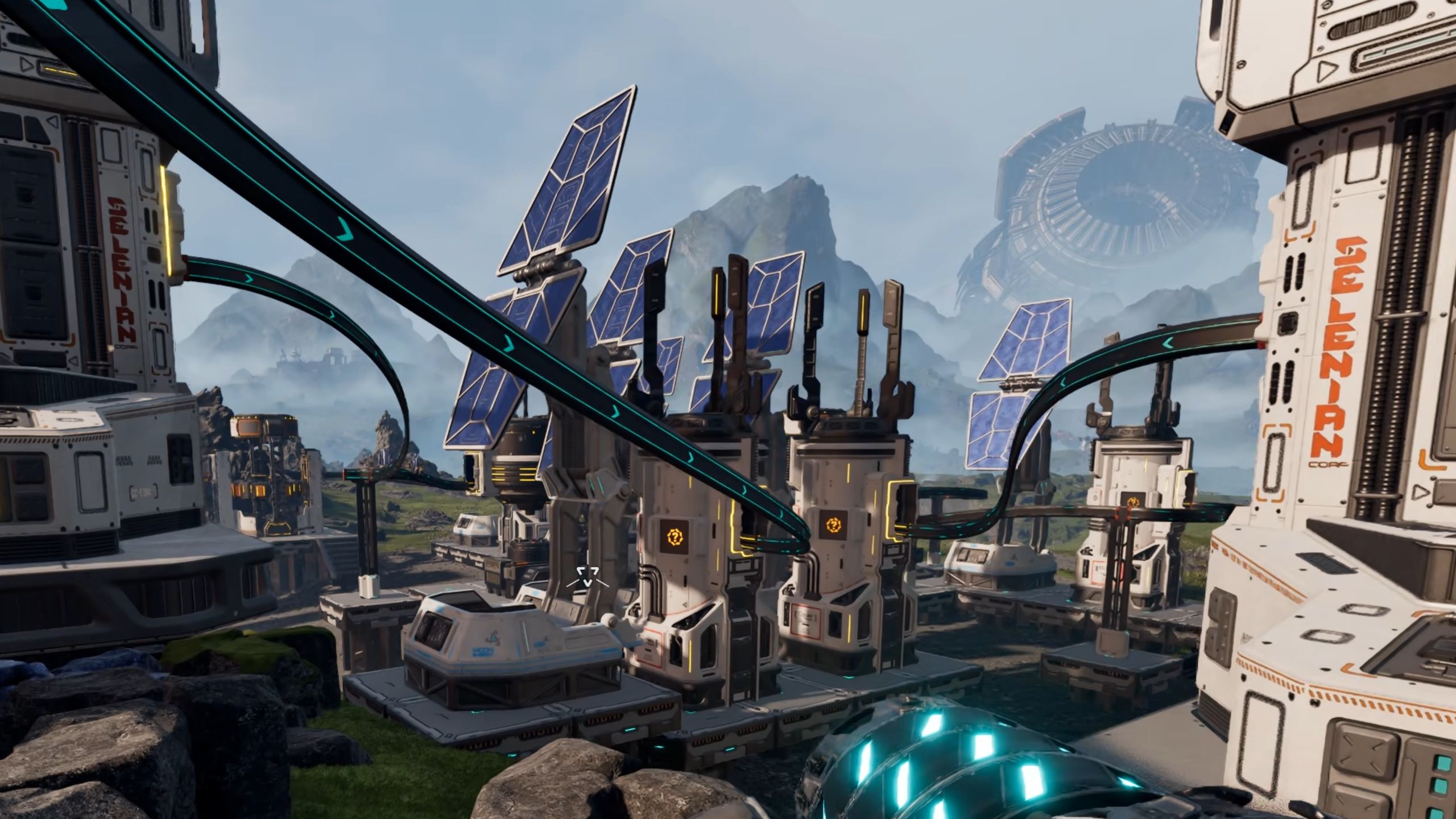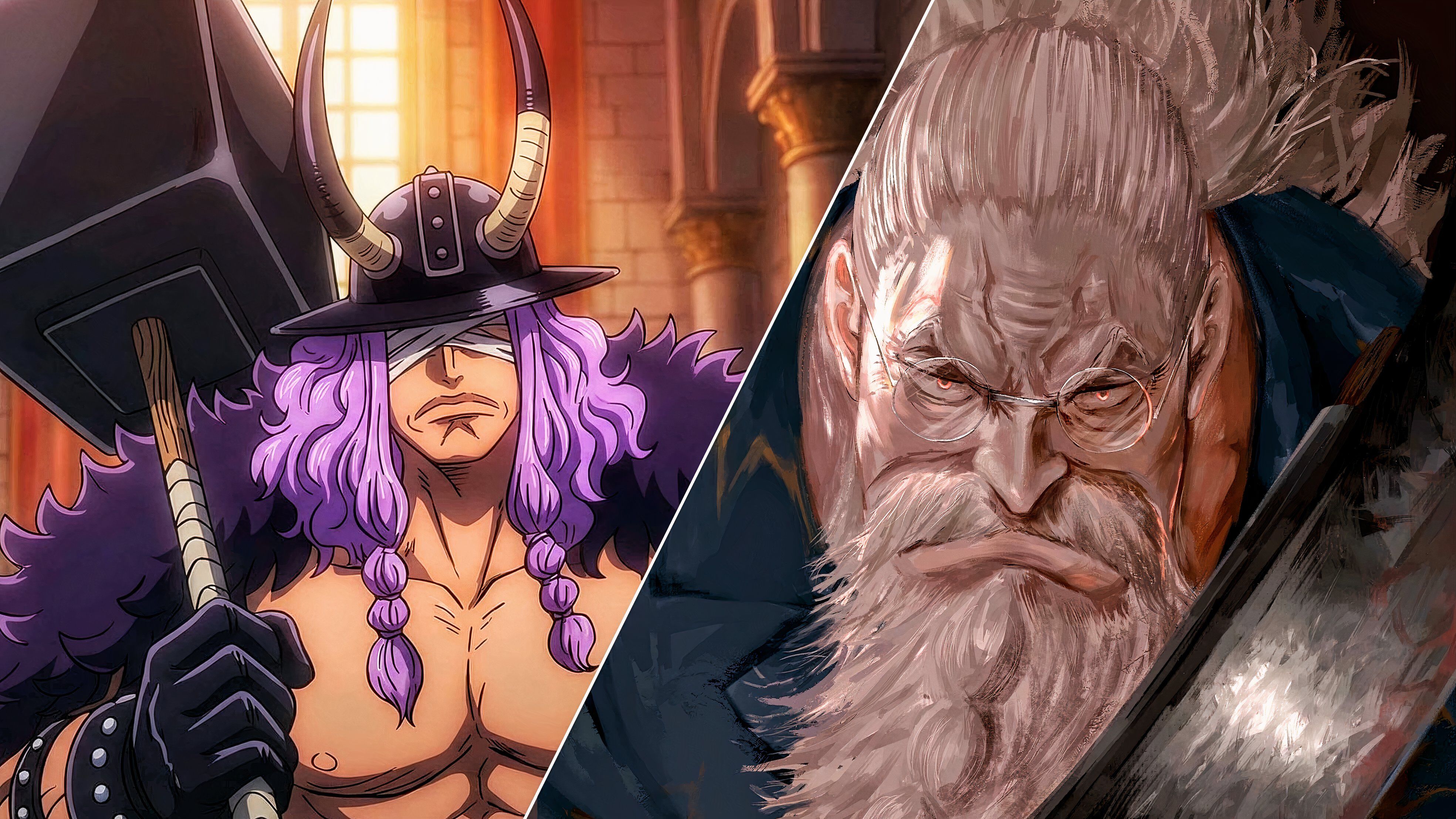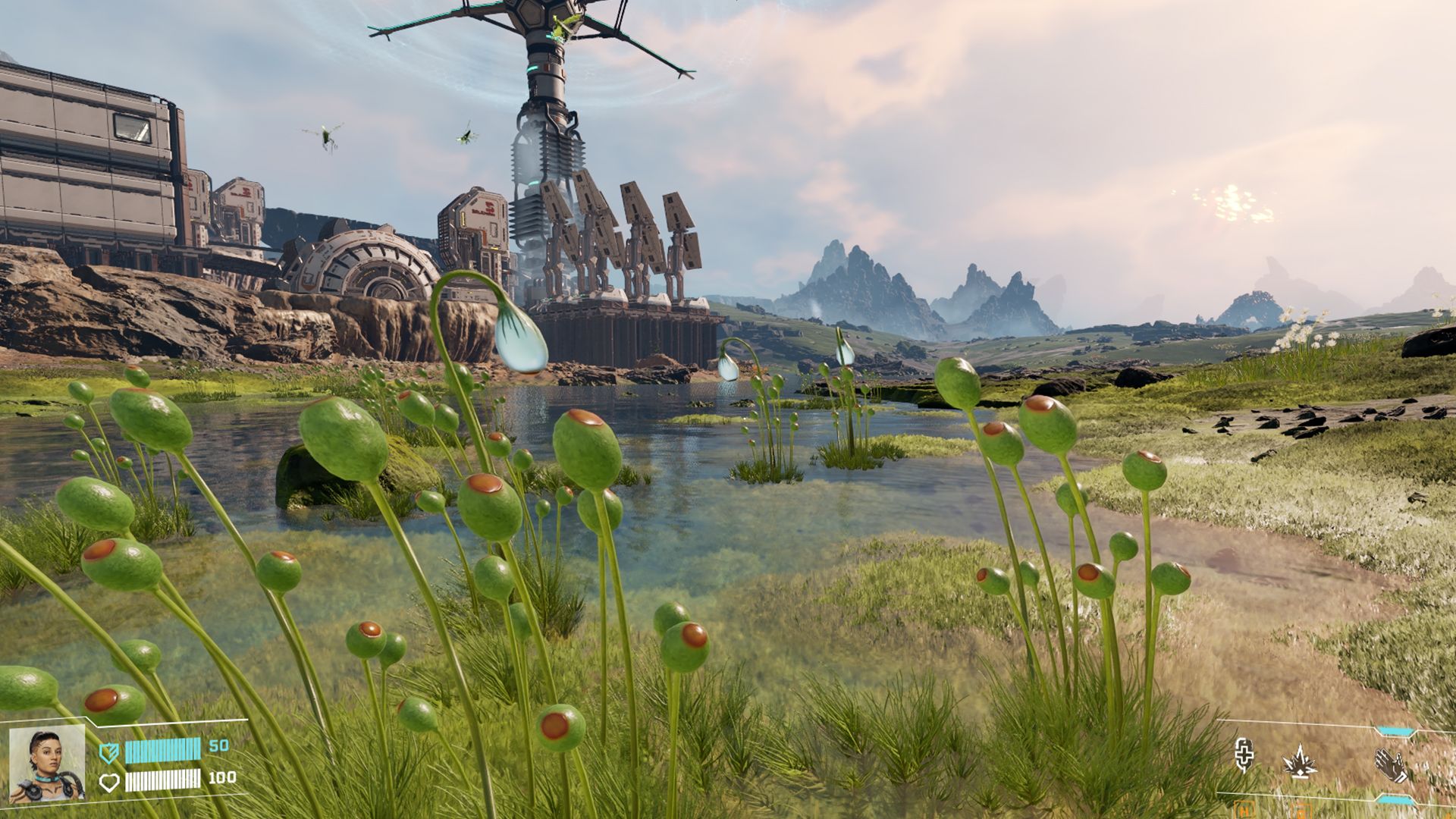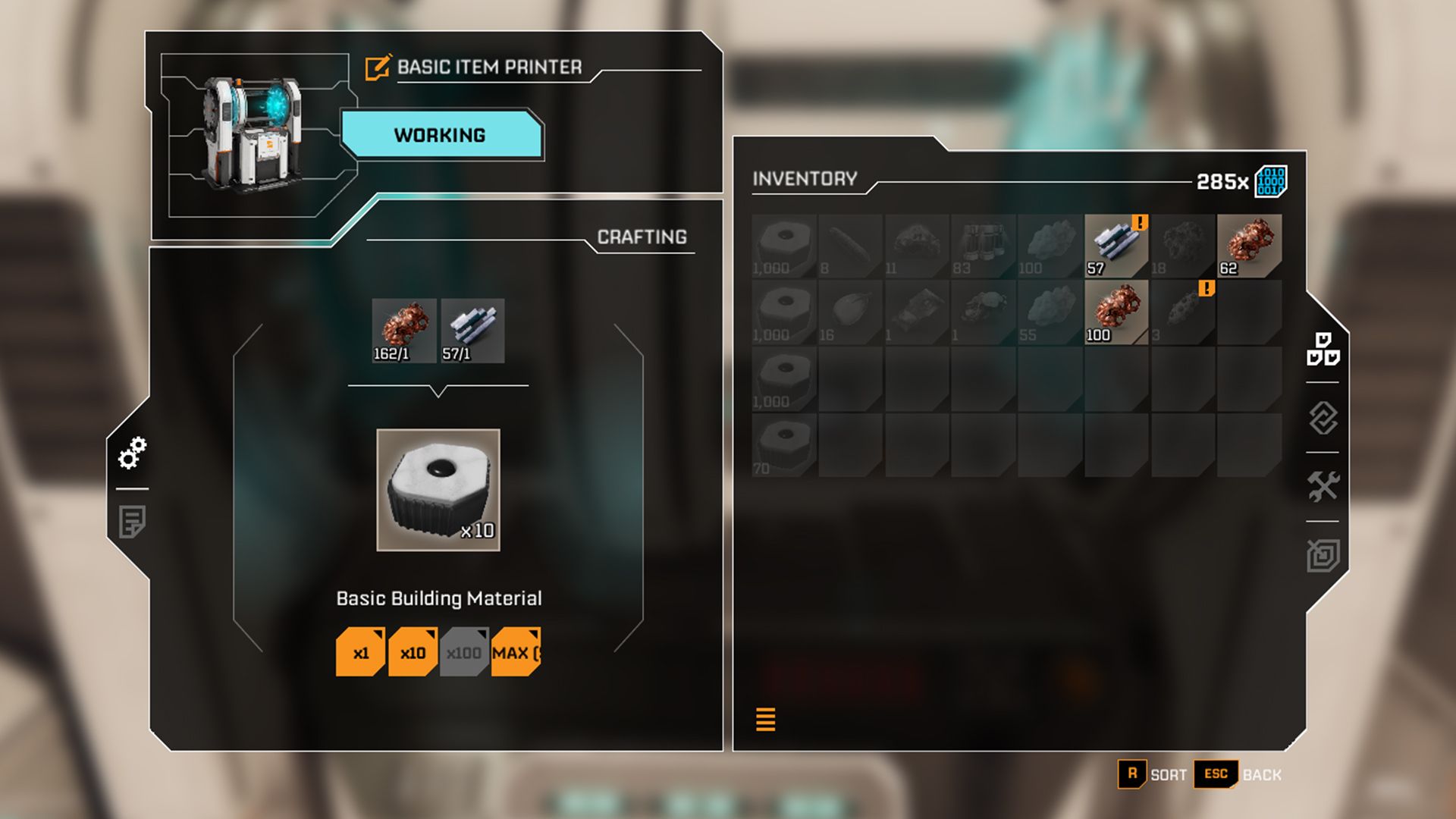The Last of Us Actor Says We Shouldn’t ‘Demonize’ AI

Artificial intelligence is quickly becoming a major force in technology, and its influence is now being felt throughout the gaming world. Recently, Sony patented an AI system that can essentially play parts of a game for you. Now, a leading figure in the gaming industry has spoken about this new technology.








